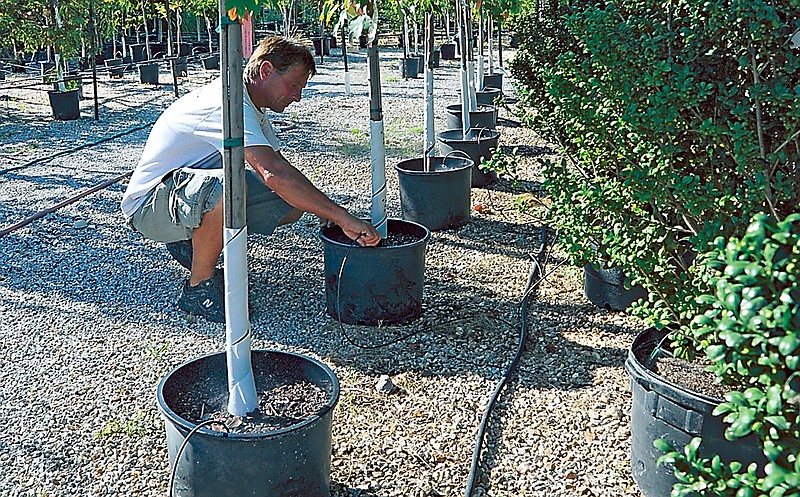This summer's hot, dry weather is causing problems for all kinds of Jefferson City residents, even some of its oldest and tallest - trees.
"The first thing that generally happens when a drought occurs is that (trees) stop making photosynthetic foods," said Steve Pallardy, professor of forestry at the University of Missouri-Columbia. "They shift from a food-gathering mode to a water-conservation mode by closing the pores in the leaf. They're going to stay in that situation as long as the drought persists."
While this summer's severe drought threatens the health of all trees in the area, some species are more at risk than others, Pallardy said. For example, native trees such as oaks, maples and hickories generally hold up better under drought.
"It's amazing how resilient our oaks are," he said, citing other species such as poplars, willows, cottonwood, walnut, sassafras and dogwood as more drought-sensitive.
"Dogwood is very susceptible because its roots are very shallow," Pallardy said.

